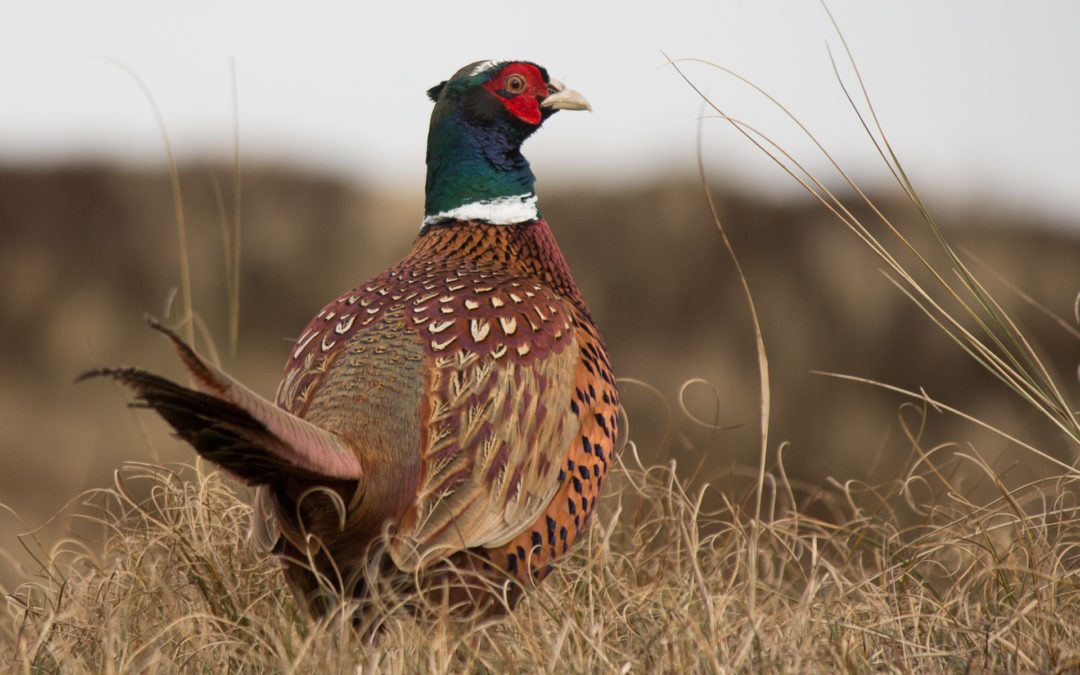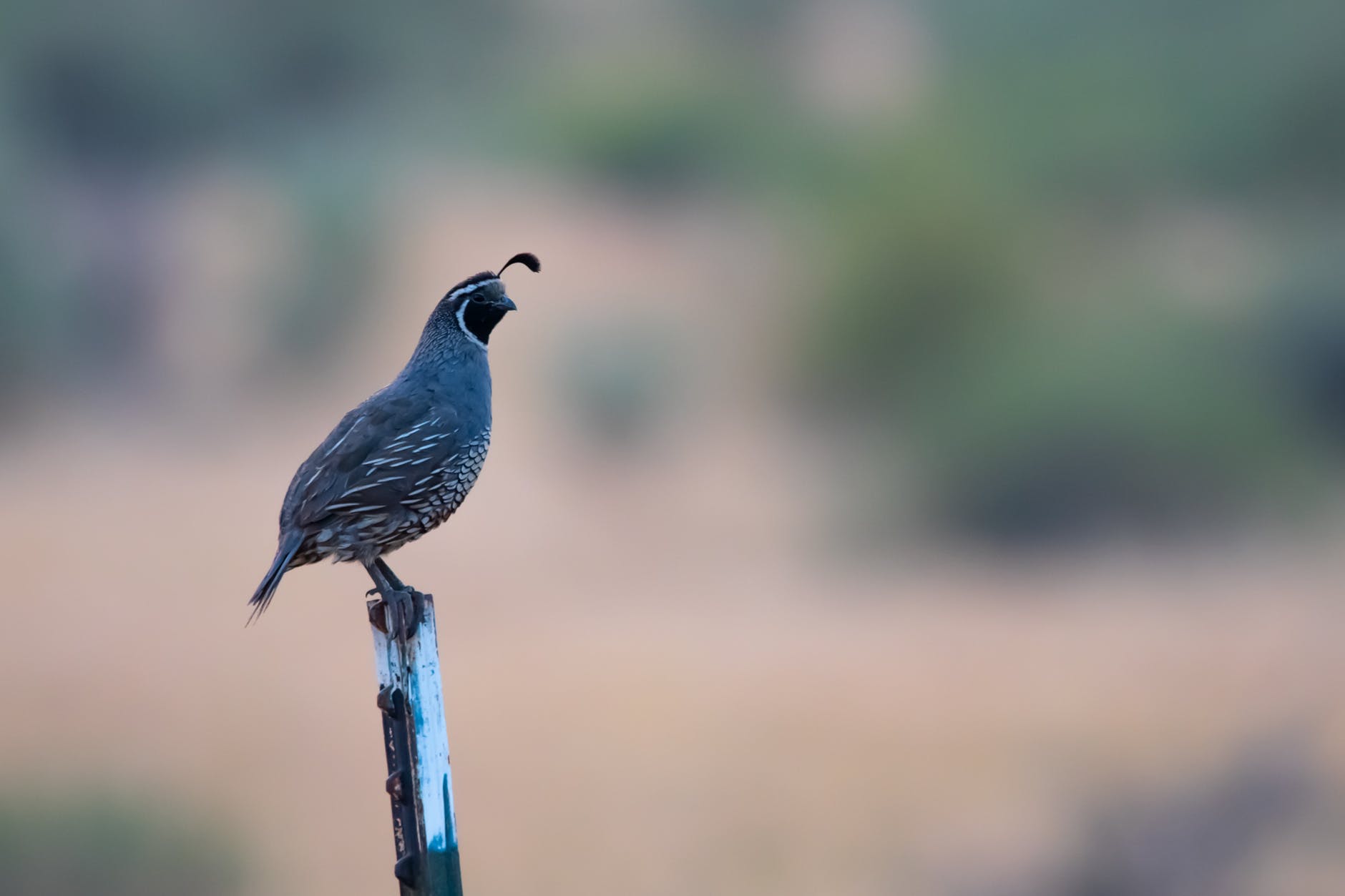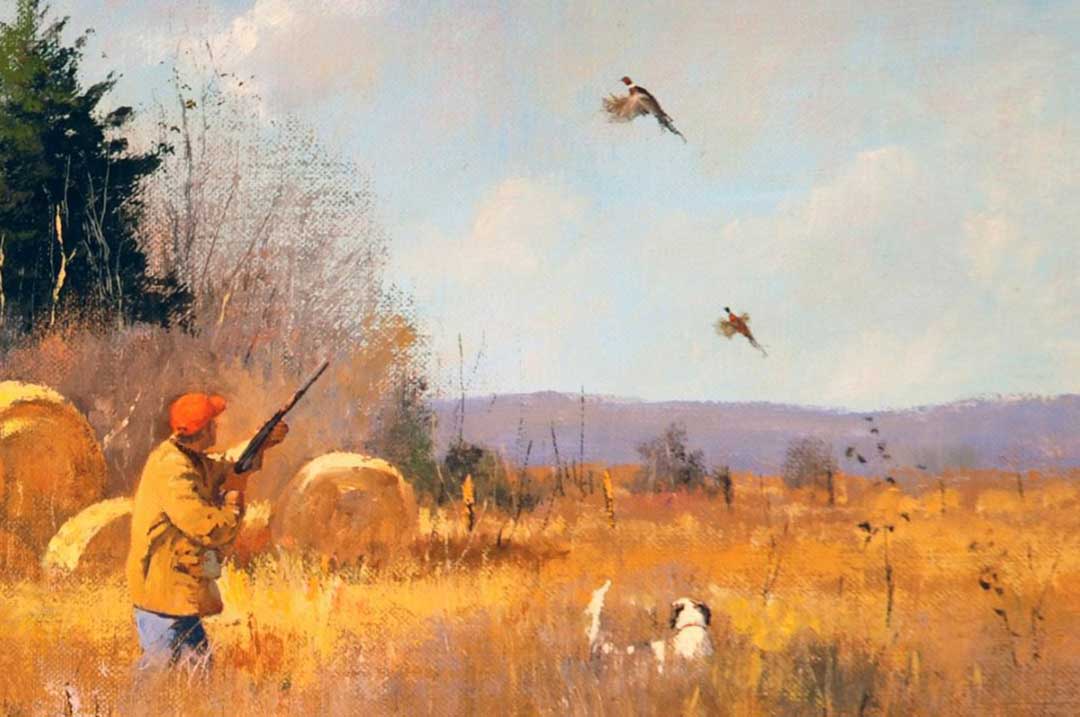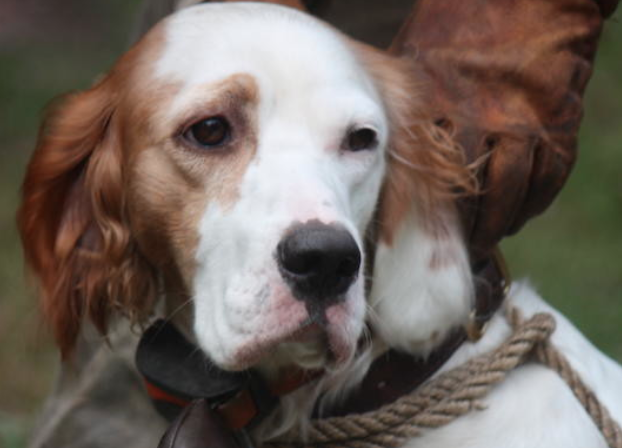North Dakota’s roadside surveys conducted in late July and August indicate total pheasant, sharp-tailed grouse and gray partridge numbers are up from last year.
State Game and Fish Department upland game biologist RJ Gross said the survey shows total pheasants observed per 100 miles are up 10% from last year. In addition, broods per 100 miles are up 17%, while the average brood size is down 5%. The final summary is based on 275 survey runs made along 101 brood routes across North Dakota.
“This was the first year in a while that we’ve had good residual cover to start the year, and good weather for nesting and brood-rearing,” Gross said. “In the southwest portion of the state, which is our primary pheasant district and most popular hunting area, local populations are slowly improving.”
Gross said hunters should not overlook pheasant opportunities in northwest and southeast North Dakota. “Two good years of chick production should translate to more birds for hunters to pursue,” he said.
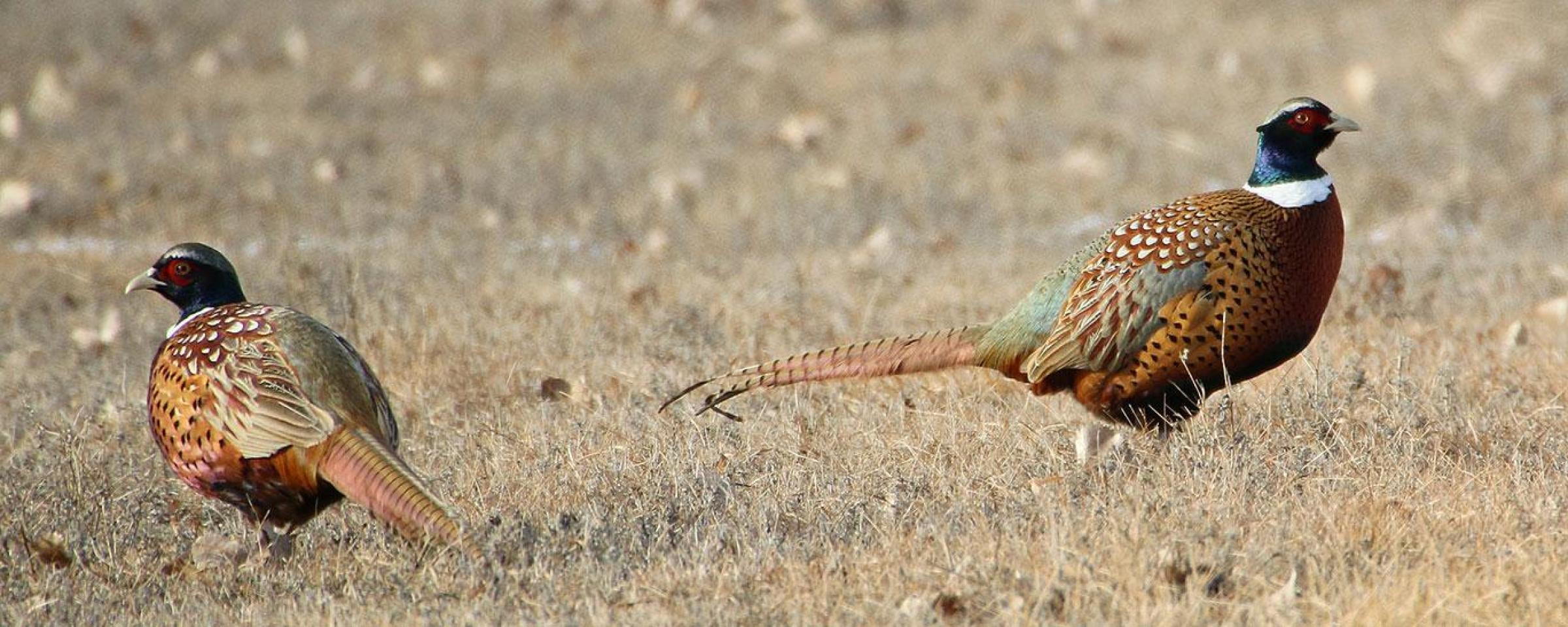
Statistics from the northwest indicate pheasants are up 49% from last year, with broods up 75%. Observers recorded five broods and 39 pheasants per 100 miles. Average brood size was six.
Results from the southeast show birds are up 32% from last year, and the number of broods up 27%. Observers counted six broods and 51 birds per 100 miles. The average brood size was six.
Statistics from southwestern North Dakota indicate total pheasants were down 7% and broods observed up 2% from 2018. For every 100 survey miles, observers counted an average of six broods and 41 pheasants. The average brood size was five chicks.
The northeast district, generally containing secondary pheasant habitat with lower pheasant numbers compared to the rest of the state, showed two broods and 15 pheasants per 100 miles. Average brood size was four.
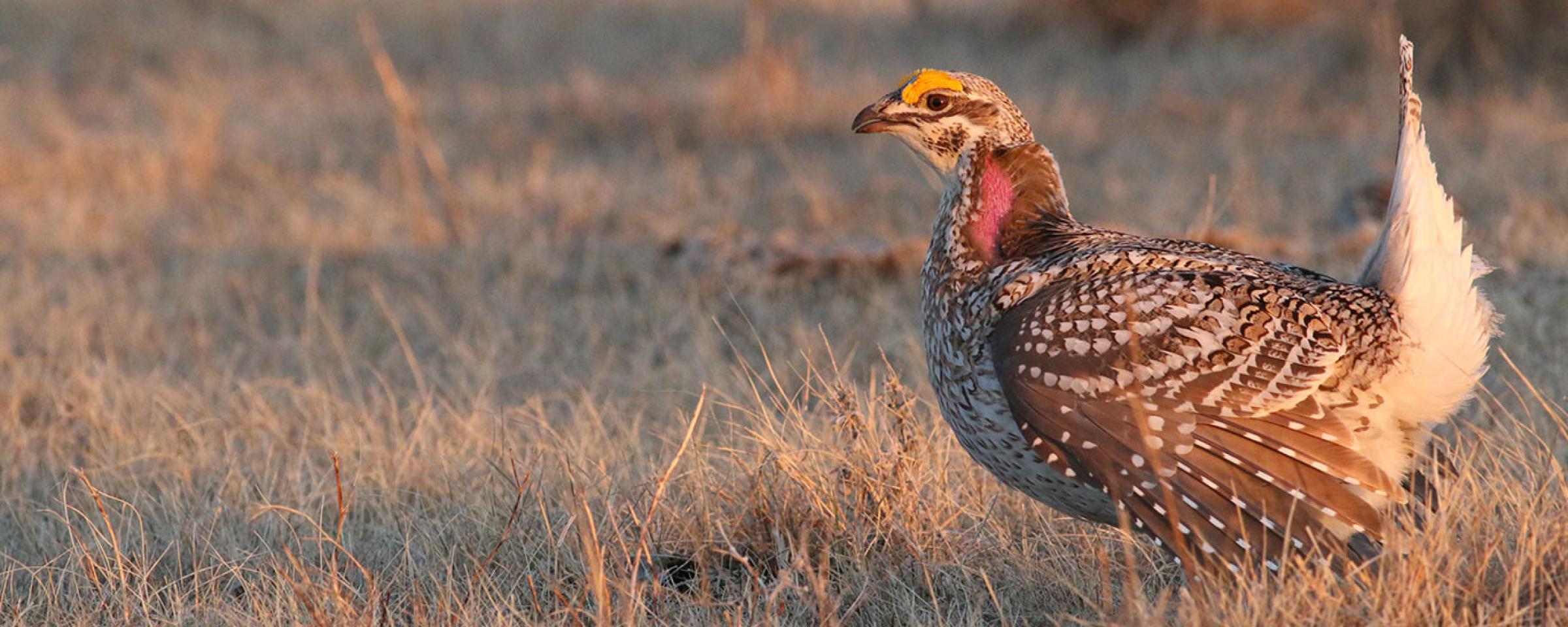
Sharptails observed per 100 miles are up 113% statewide from 2018, and partridge are up 58%.
Upland game management supervisor Jesse Kolar said sharptail numbers are still roughly 50% below 2012-15. “However, we observed slight increases in all metrics this year during our surveys, especially in counties east of the Missouri River where we observed the highest numbers of grouse per 100 miles since 2013,” he said.
Brood survey results show statewide increases in number of grouse and broods observed per 100 miles, and in average brood size. Observers recorded 1.7 sharptail broods and 13.6 sharptails per 100 miles. Average brood size was five.
Although partridge numbers have shown a slight increase, Gross said the majority of the partridge harvest is incidental while hunters pursue grouse or pheasants. Partridge densities in general, he said, are too low to target. Observers recorded 0.5 partridge broods and 6.8 partridge per 100 miles. Average brood size was 10.
The 2019 regular pheasant season opens Oct. 12 and continues through Jan. 5, 2020. The two-day youth pheasant hunting weekend, when legally licensed residents and nonresidents ages 15 and younger can hunt statewide, is set for Oct. 5-6.
The 2019 grouse and partridge seasons open Sept. 14 and continue through Jan. 5, 2020.
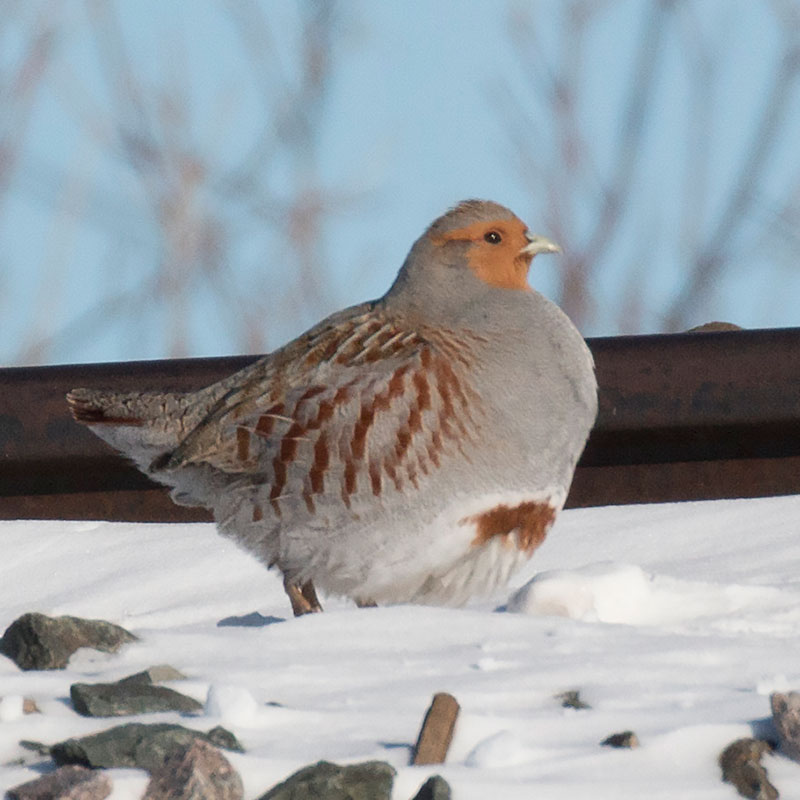
Hunters Asked to Submit Wing Envelopes
The North Dakota Game and Fish Department is once again asking upland game hunters to help biologists monitor hatching dates and reproductive rates by submitting wings and appropriate feathers/legs in wing envelopes this fall.
Harvested birds provide a good random sample that biologists use to assess the ratio of juveniles to adults, and estimate the average ages of harvested juveniles.
Instructions for submitting wing data are printed on the envelope.
Hunters interested in receiving wing envelopes should visit the Game and Fish website (gf.nd.gov), or contact the department’s main office in Bismarck by phone (701-328-6300) or email (ndgf@nd.gov).
In addition, Game and Fish district offices have a supply of wing envelopes for distribution. District offices are located at Devils Lake, Jamestown, Riverdale, Dickinson, Williston and Lonetree Wildlife Management Area near Harvey.

